Understanding the concept of organic traffic is crucial for any marketer aiming to increase their brand awareness and reputation. However, we all know that it’s not easy to increase organic traffic. With how competitive most industries are and the pure volume of content available at our fingertips, increasing organic traffic is often a painpoint for companies. In this guide, we’re going to go through what organic traffic is, why it’s important, and how to increase yours. First, let’s go over the basics of organic traffic.
Understanding Organic Traffic
Organic traffic refers to the visitors who land on your website through unpaid search results. These visitors discover your website by using search engines like Google, Bing, or Yahoo, and click on your link in the search engine results pages, or SERPs. Unlike paid traffic generated through advertisements, organic traffic is driven by the relevance and quality of your website’s content.
Importance of Organic Traffic
Credibility and Trust: Websites that rank high in organic search results are perceived as more trustworthy and credible by users. Achieving a top position in organic search implies that your content is valuable and relevant to users’ queries.
Cost-Effectiveness: While paid advertising can yield immediate results, it requires ongoing investment. On the other hand, organic traffic, once established, can provide a steady stream of visitors without incurring additional costs per click.
Long-Term Sustainability: Building a strong foundation for organic traffic through search engine optimization practices ensures long-term visibility and sustainability for your website. While Google Ads are great at driving immediate traffic, SEO can help your website rank for years to come.
5 Ways to Increase Organic Traffic
Now that you can see why it’s so important to generate organic traffic, let’s go over the top 5 ways to increase organic traffic.
1. Keyword Research and Optimization
When talking about SEO, keywords are often the first thing we think of. Try to identify relevant keywords and phrases that your audience is searching for. Use tools like Google Keyword Planner or SEMRush to discover high-volume keywords with moderate to low competition. This will increase the likelihood of organically ranking. Highly competitive keywords will likely have a lot of ads and large companies that appear before your company. Incorporate these keywords strategically into your website’s content, including page titles, meta descriptions, ALT test, headers, and page text.
2. High-Quality Content Creation
Create informative, engaging, and valuable content that addresses the needs and interests of your target audience. Consistently publishing high-quality blog posts, articles, videos, infographics, or podcasts not only attracts organic traffic but also establishes your authority in your industry or niche. Again, SEMRush is a great tool to help identify trending topics based on the keywords you have identified previously. When you create content, try Googling your topic to see what articles rank on the first page of search results. Then, use this as a guideline to make your content better. For example, if you run a software company, you could create content like “10 Best B2B Software Solutions to Boost Your ROI in 2024”, including your software as one of the solutions. By offering actionable insights, you can position yourself as a thought leader.
3. On-Page Optimization
Optimize on-page elements of your website to enhance its visibility in search engines. On-page optimization includes things that you have control over, like meta tags, website loading speed, and ensuring mobile friendliness. A great tool to track your on-page optimization is Google Search Console. Google Search Console can help you identify any major issues to the structure of your website that might slow it down, resulting in less website traffic.
 4. Off-Page Optimization
4. Off-Page Optimization
Off-page SEO involves activities undertaken outside of your website to improve its ranking. While on-page optimization focuses on improving your website’s internal elements, off-page SEO revolves around building authority and credibility. A few ways to improve your off-page optimizations are to invest in link building, guest blogging, influencer marketing, and even social media. These all help get your name out there, and position your company as a trustworthy resource for help and information. Domain authority is a large part of off-page optimization. Essentially, this is a score out of 100 that ranks how reputable your website is. The more trustworthy sources that link back to your website, the more reputable your website will appear. Check out Moz’s Domain Authority Checker to find out if your website has a good online reputation.
 5. Local SEO
5. Local SEO
For businesses targeting local customers, optimizing your website for local search is crucial. Claim and optimize your Google My Business listing, ensure consistent NAP (name, address, phone number) information across online directories, and solicit positive reviews from satisfied customers to improve your local search visibility. It can be helpful to Google your company’s name and see what results come up. If you see a listing website like Yelp appear on the first page, but all of the information is outdated, then it’s a good idea to update it.
Tracking Your Organic Traffic
Tracking and analyzing your organic traffic is essential to evaluate the effectiveness of your SEO efforts and identify areas for improvement. By regularly monitoring and analyzing key metrics related to organic traffic, you can gain valuable insights into your website’s performance, identify opportunities for optimization, and make data-driven decisions to enhance your SEO efforts effectively. Here is how you can utilize web analytics tools such as Google Analytics, Google Search Console, and third-party SEO software to monitor key metrics related to organic traffic.
Google Analytics
Google Analytics provides comprehensive insights into your website’s traffic sources, including organic search. Monitor metrics such as organic sessions, pageviews, bounce rate, and average session duration to gauge the performance of your organic traffic over time. Additionally, leverage reports like Landing Pages and Acquisition to identify top-performing pages and understand user behavior.
Google Search Console
Google Search Console offers valuable data on how your website appears in Google search results. Monitor your website’s search performance, including impressions, clicks, click-through rate (CTR), and average position for various search queries and pages. Identify opportunities to optimize your website’s presence in search results by analyzing search queries, click patterns, and indexing issues.
Third-Party SEO Software
Supplement your analytics with third-party SEO tools like SEMrush, Ahrefs, or Moz to gain deeper insights into your organic search performance. These tools offer advanced features such as keyword tracking, backlink analysis, competitor research, and site audits to help you refine your SEO strategy and stay ahead of the competition.
What’s Next?
By implementing the strategies mentioned above, you can elevate your website’s visibility in search engine results and hopefully increase your organic traffic. Remember, patience and consistency are key when it comes to organic traffic growth, as it takes an average of 3 to 6 months before you start seeing results. As you can see, there is a lot that goes into building an SEO strategy. If you need help increasing your organic website traffic, we’re ready when you are.
About IN2communications
IN2communications is an award-winning digital marketing and web design agency helping hundreds of B2B organizations create awareness, boost consideration rates and generate sales leads.






